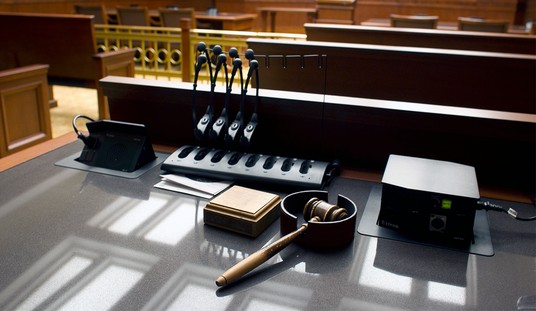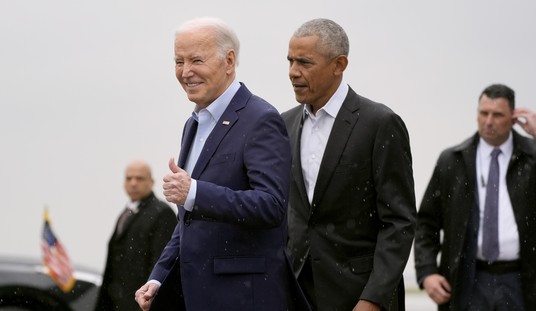History has two categories of Last Stands. First kind are represented by Thermopylae and the Alamo. The second is exemplified by the Battle for Berlin and the Fall of Constantinople. What chiefly distinguishes the former is that they pre-figure eventual victory. They are the night before the dawn; and so are glorious. The playwright Aeschylus simply wanted to be remembered as veteran of the Battle of the Marathon — a Marathonomachos. But in the second category of last acts, the sun never rises. The loss of Nazi Germany and Constantinople are final. That doesn’t mean they are uninteresting. The death of great states like the loss of great ocean liners, are fascinating in the way that watching a giant killed by a thousand cuts has a morbid attraction. The descent from the pinnacle of power into the dust gives their story the power of tragic horror.
When Constantinople fell to the Turks, it was already more than a thousand years old. Although it had long been in decline, it still sheltered behind the largest defensive walls in the world. Its fall was still inconceivable. But it no longer had the money to buy the best military technology. That talent eventually wound up selling its services to the Turks.
Prior to the siege of Constantinople it was known that the Ottomans had the ability to cast medium-sized cannon, but the range of some pieces they were able to put to field far surpassed the defenders’ expectations. Instrumental to this Ottoman advancement in arms production was a somewhat mysterious figure by the name of Orban, a Hungarian (though some suggest he was German.
The master founder initially tried to sell his services to the Byzantines, who were, however, unable to secure the funds needed to hire him. Orban then left Constantinople and approached Mehmed II, claiming that his weapon could blast ‘the walls of Babylon itself’. Given abundant funds and materials, the Hungarian engineer built the gun within three months at Adrianople, from which it was dragged by sixty oxen to Constantinople. In the meantime, Orban also produced other cannon instrumental for the Turkish siege forces.
The end came upon a population who till the very last hour never believed it could happen. But it did. And the transformation of Constantinople’s respected citizens into slaves overnight inspires pity and terror even centuries later.
After the initial assault, the Ottoman army fanned out along the main thoroughfare of the city, the Mese, past the great forums, and past the Church of the Holy Apostles, which Mehmed II wanted to provide a seat for his newly appointed patriarch which would help him better control his Christian subjects. Mehmed II had sent an advance guard to protect key buildings such as the Holy Apostles, as he did not wish to establish his new capital in a thoroughly devastated city.
The Army converged upon the Augusteum, the vast square that fronted the great church of Hagia Sophia whose bronze gates were barred by a huge throng of civilians inside the building, hoping for divine protection at this late hour. After the doors were breached, the troops separated the congregation according to what price they might bring on the slave markets. There were some raping and pillaging according to the English historian John Julius Norwich. Soldiers fought over the possession of some of the spoils of war. According to the Venetian surgeon Nicolo Barbaro “all through the day the Turks made a great slaughter of Christians through the city”.
The more recent death of another great state, Nazi Germany, has provided equally striking scenes. If the British or the US Army had reached Berlin first, the defeat of the Nazis might have been as complete, but its demise at the hands of the Red Army, the instrument of a dictator every bit as evil and possibly more ruthless than Hitler himself provided an infernal quality. The recent movie Downfall dramatizes the last days in Hitler’s bunker. In narrative structure it can be described as the story of the Titanic on land. It has all the familiar elements: the initial gaiety and optimism, the foreboding, the arrival of nemesis and then the gradual realization among the main characters that they are doomed.
The chronicle of how each of the main characters in the Bunker adapts to impending destruction provides enough material for a hundred dramas. There is the fate of the damned: the Hitlers and the Goebbels who in the end they destroy themselves, their children and whoever else they can from sheer pride, even when it is pride in something they can no longer believe in. There is something Satanic about their stony inflexibility and it is easy to see them uttering the devil’s own defiance of God from Paradise Lost.
… What though the field be lost?
All is not lost—the unconquerable will,
And study of revenge, immortal hate,
And courage never to submit or yield:
And what is else not to be overcome?
That glory never shall his wrath or might
Extort from me. To bow and sue for grace
With suppliant knee, and deify his power
Who, from the terror of this arm, so late
Doubted his empire—that were low indeed
Then there are deluded and there are the disillusioned, like Traudl Junge, a young woman who was one of Hitler’s secretaries and around who the movie revolves. They realize, too late, that they have bet on the wrong horse. But they keep on betting, keep on living, with just enough self-motivation to survive. My favorite characters in the movie are the unthinking: the people of no particular intelligence, heroism or malevolence, who keep on doing a job until they find themselves pointlessly tidying up in a deserted bunker wondering how it all came to this. Maybe the most common last words on earth are, “oh shit”. There are a lot of people in the world who only want to earn a paycheck and go bowling on Saturday night.
The characters in Hitler’s bunker are the archeypes; and every tale of downfall has their kind again and again. The Bad, the Unlucky and the Clueless. We judge victims and even villains by their according to these categories. We sympathize with Italian or Romanian troops who slink away when defeat impends. But we look askance at Ceauşescu and Mussolini as scoundrels because they were killed while running for their lives. Even as devils they were second-rate.
But the true fascination of stories of the End is the realization that great empires — and great ships — are mortal; that and the realization that its most privileged members are often the last to see it. They remain blind to the end, toasting each other, offering one another meaningless Golden Party Badges. Madmen in a madhouse. Those who trusted in the walls of Constantinople, the professionalism of the German Army; or the subdivision of the unsinkable RMS Titanic were according to their own lights the best informed, the most knowledgeable and the most worthy of their societies. Indeed, that is what trapped them. Their lives were so bound up in the paradigms of their system that they could not see it as failing. The young secretary Traudl Junge survived because she knew when it was over.
[youtube vtwYVvtOIuM]










Join the conversation as a VIP Member